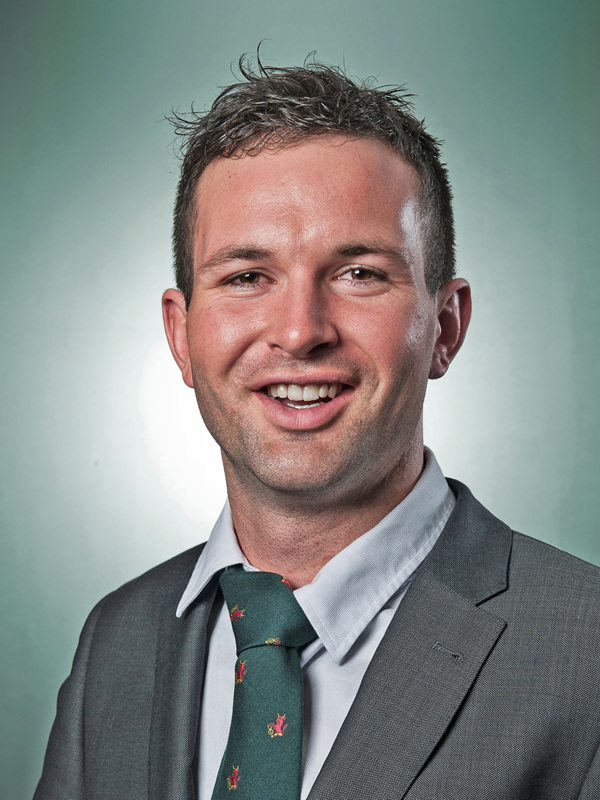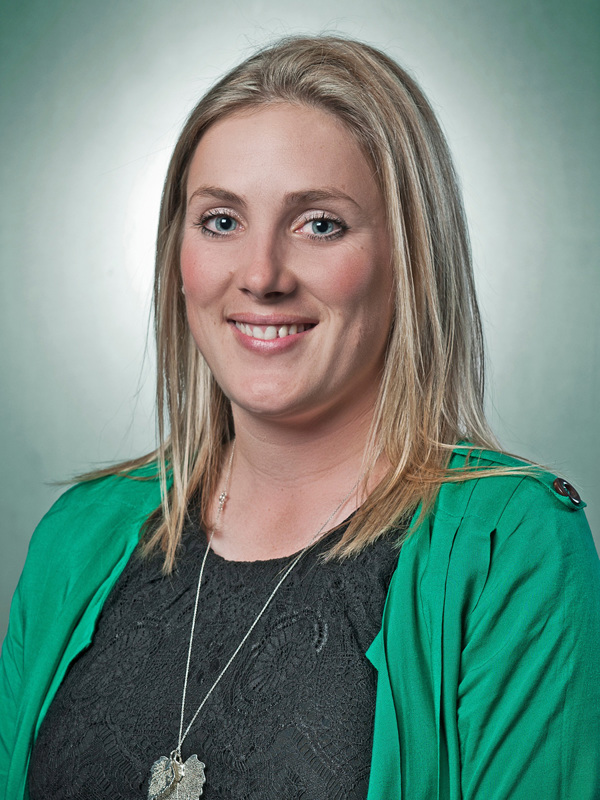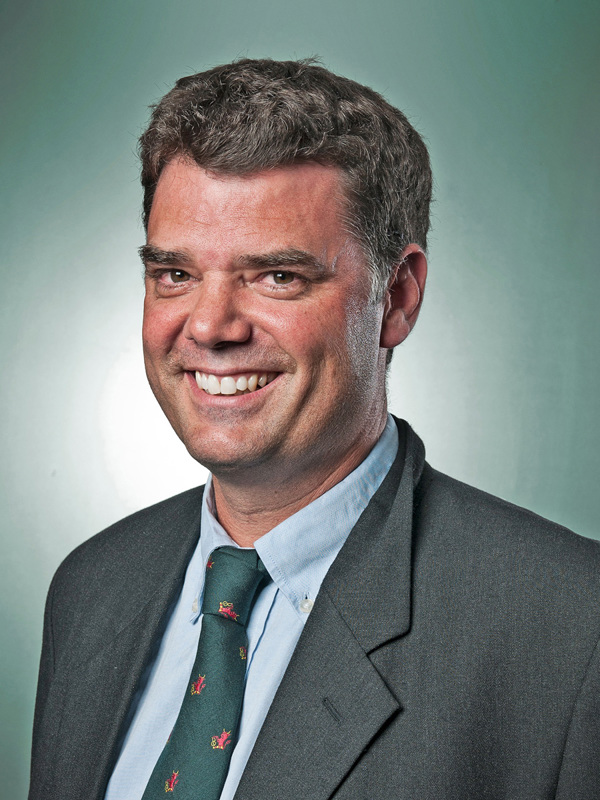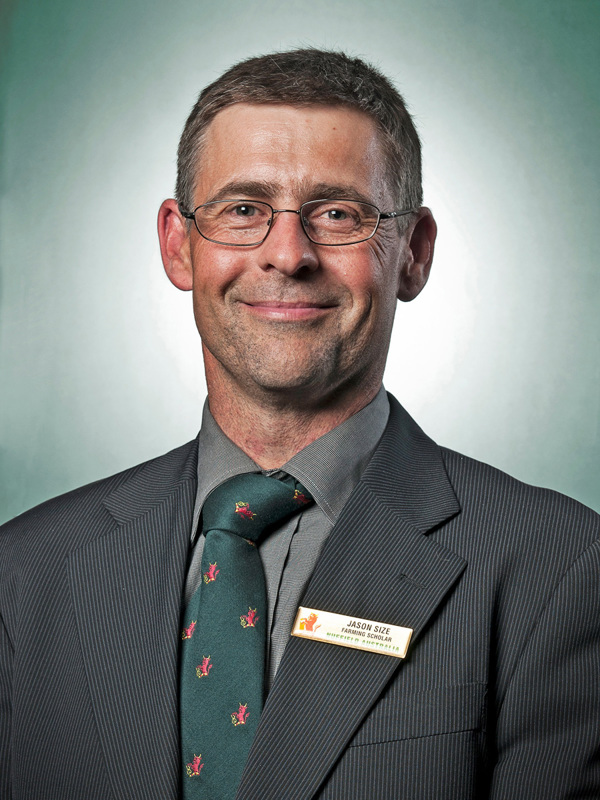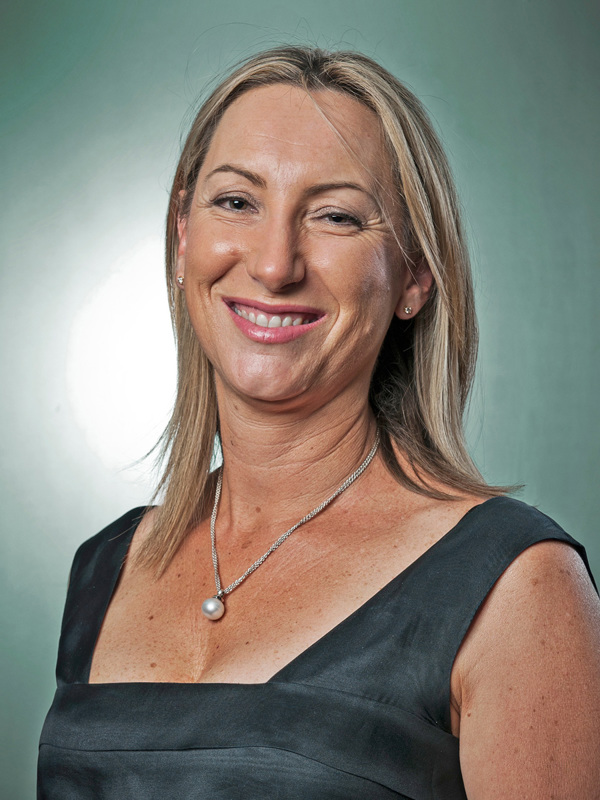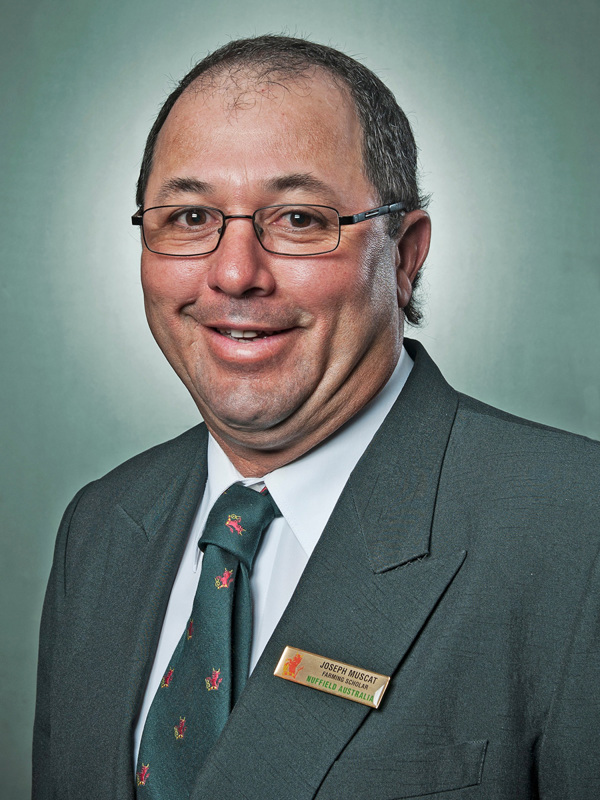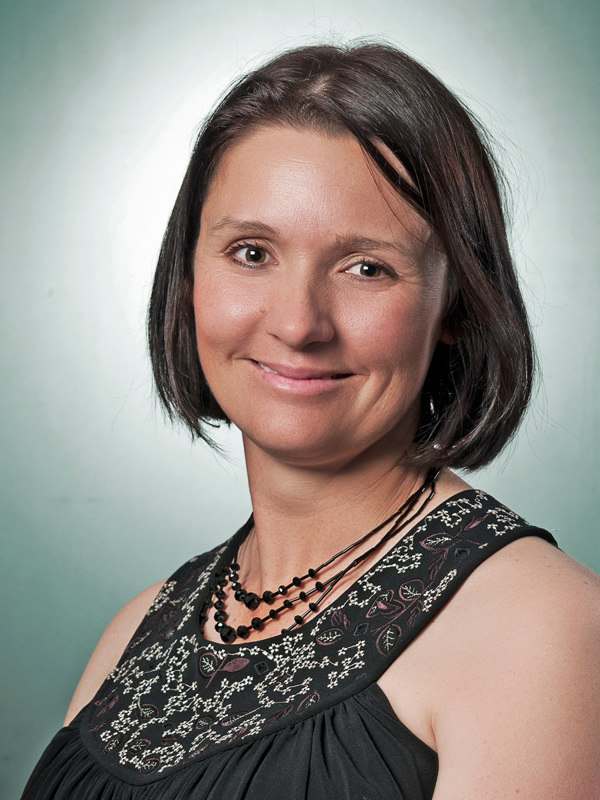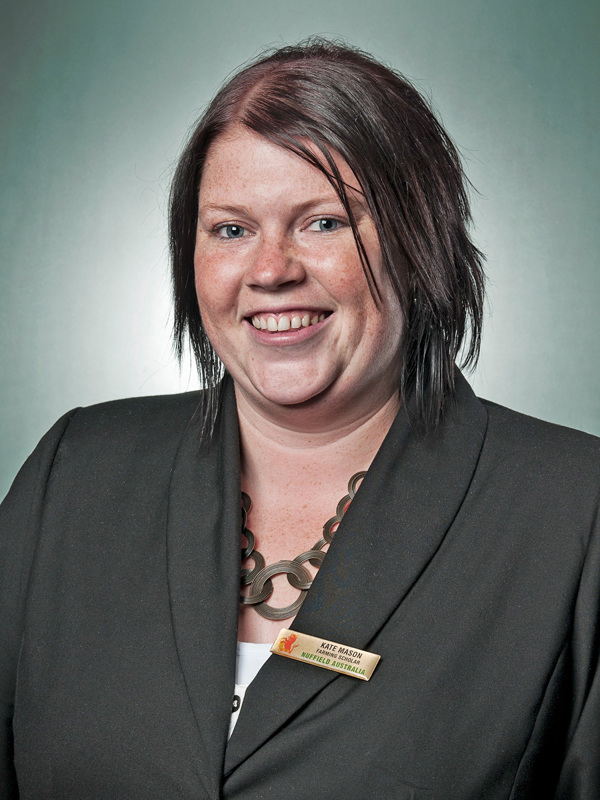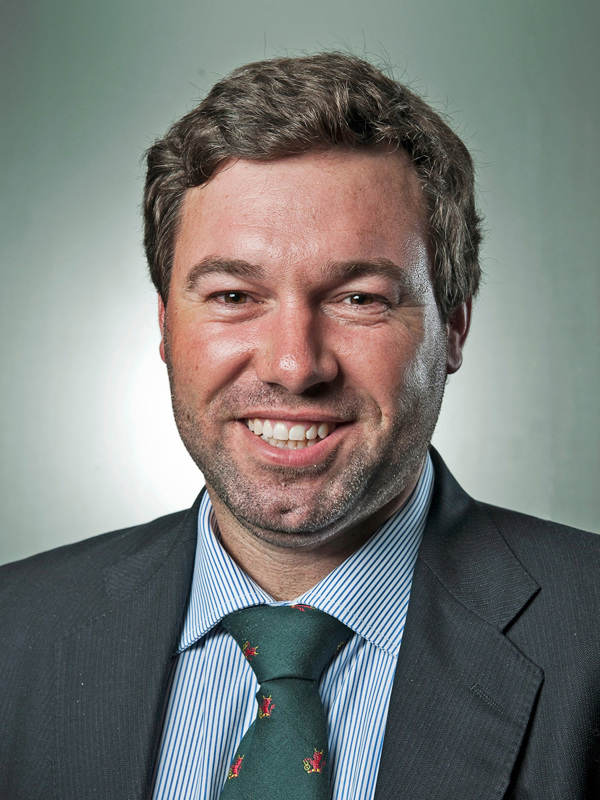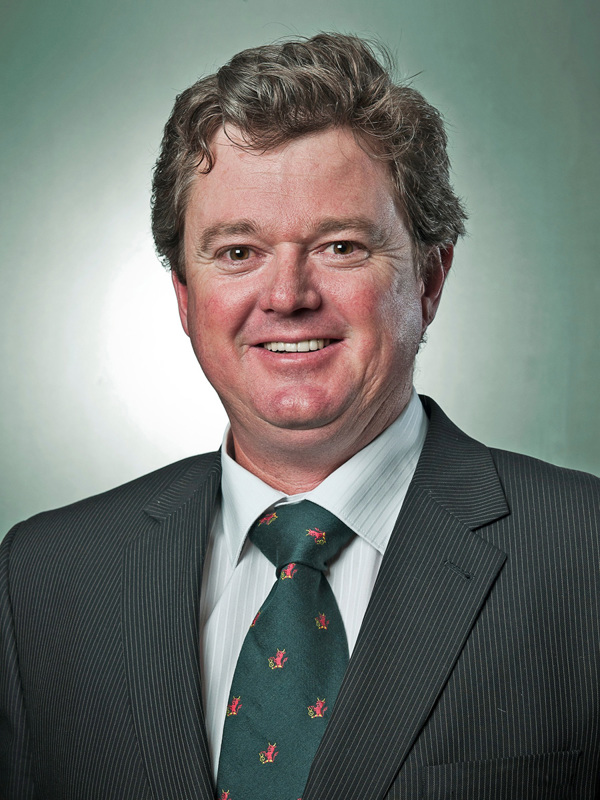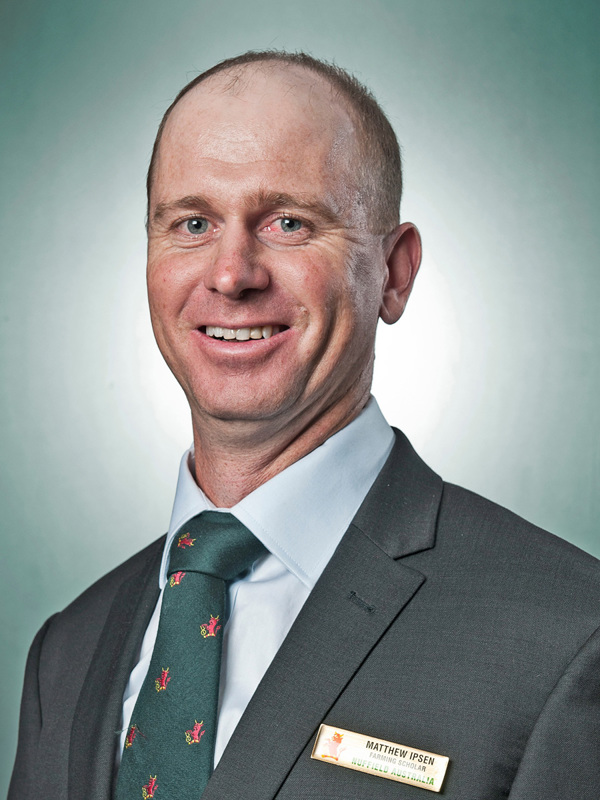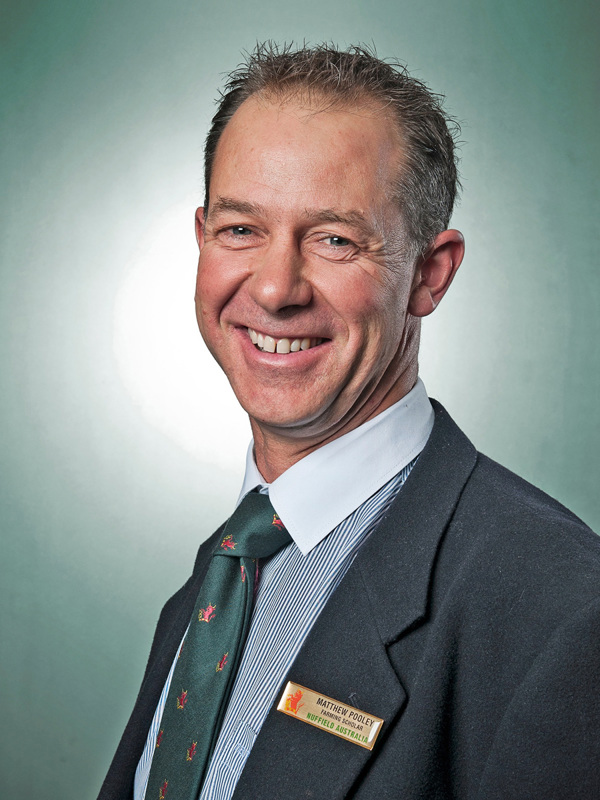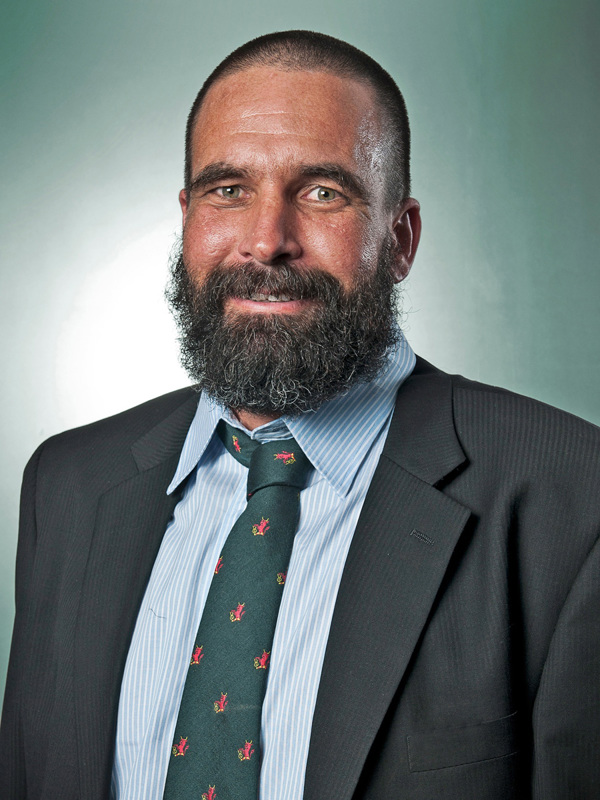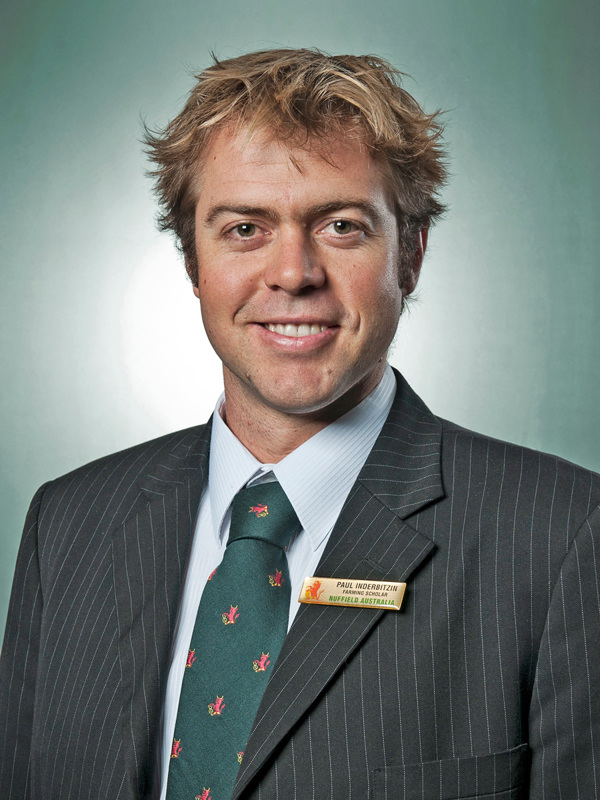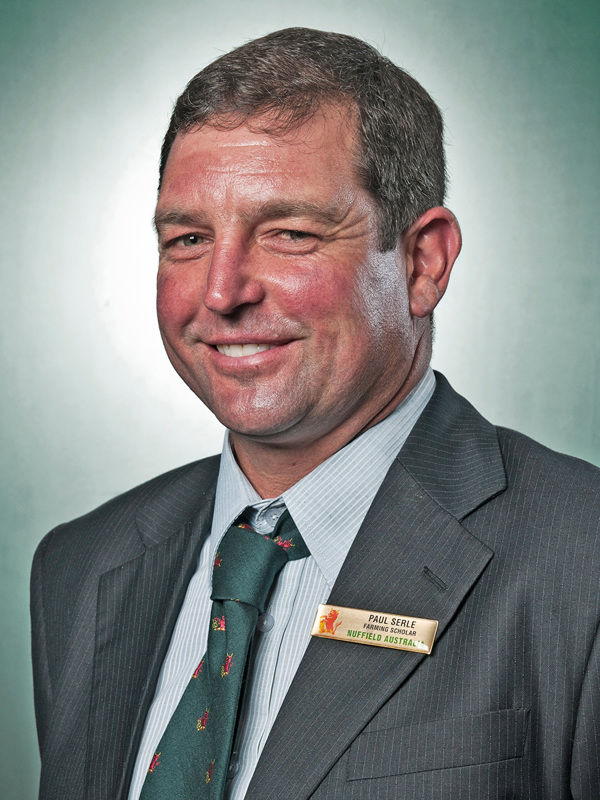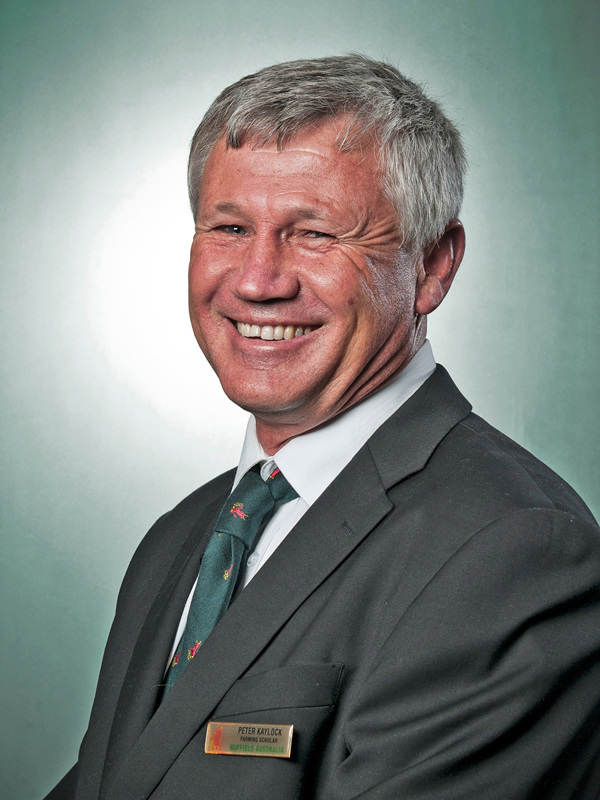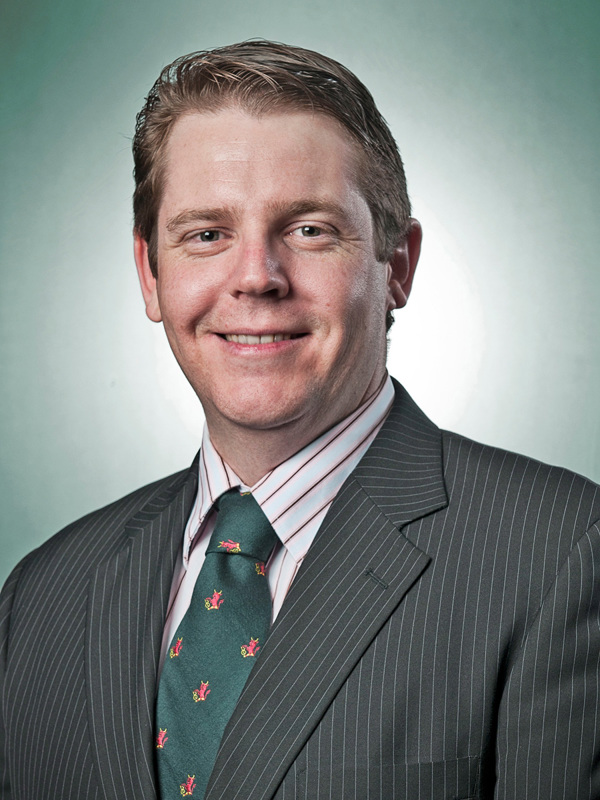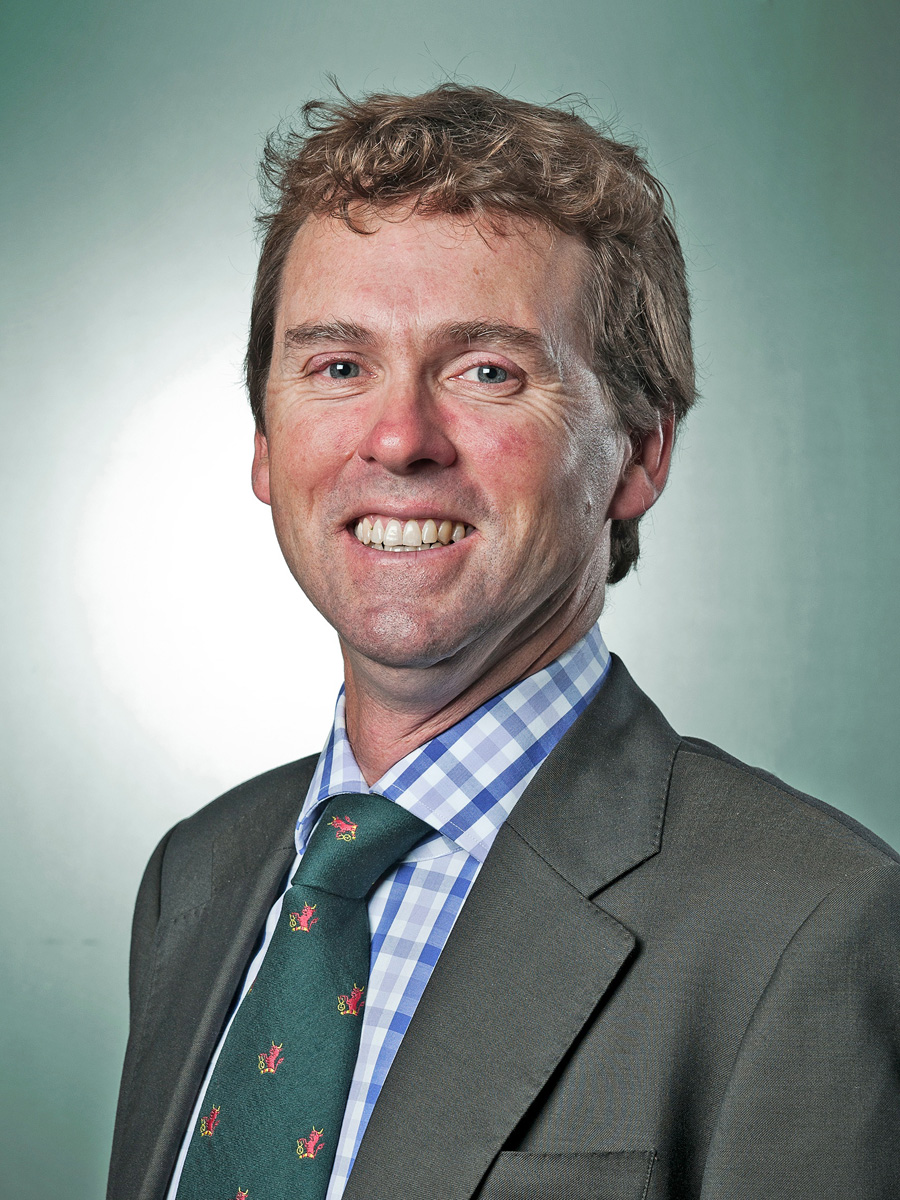
David Cook

In just six years, Victorian farmer David Cook has gone from a tyne-based seeding system and burning stubbles to full stubble retention with a dedicated no-till disc seeder. However, he was convinced he could evolve his system further, so he used his scholarship to investigate cover cropping, opportunistic summer crops and fertiliser use efficiency.
“Cover cropping can improve soil health by aiming to grow as much ground cover in the non-crop phase of the rotation as possible, which for the majority of Australian farmers is at least 30 per cent of the year. Also, from a strategic point of view, where we’re getting incidents of ryegrass resistance we can use summer crops and cover crops to try and combat that problem,” he explains.
“Probably the most innovative person I met was AgriGeneve agronomist Nicolas Courtois in Switzerland, who has been playing around with companion cropping, which involves different crops being sown together with the aim of harvesting one or more. One combination Nicolas has trialled is planting buckwheat, canola and red clover straight after wheat harvest (July), with the aim over the following 14 months being to harvest buckwheat in late autumn (November), canola the following summer (July) and red clover in autumn (October) the year after the buckwheat – so three harvests from one seeding. While Nicolas admits there are some difficulties in achieving this, it is being done by one farmer in France at a commercial level,” David explains.
David then travelled across the Atlantic to the US and Canada to have a look at how their systems work, with interesting results.
“They’ve mixed their cover crops and diverse rotations with no-till systems, with the ultimate aim of increasing organic carbon levels to give them more options in the crops they use. I guess I look at it like climbing a ladder – the benefits are going to accrue as we take our different steps – the first being the no-till system, the second step is full stubble retention, the third is the implementation of a controlled traffic farming (CTF) system to minimise soil compaction, which is the stage I have been at since 2009. The fourth step is trying to achieve close to permanent ground cover using whatever means possible, and the final step, dare I say, is looking at reintroducing livestock into the system,” he explains.
While bringing livestock into a no-till CTF system might seem counter productive, David says his over-riding goal is to develop a system that builds organic carbon.
“I guess the main thing is you can’t implement any of the strategies alone – the maximum benefit accrues when you apply them all in a system together, a strategy highlighted by a number of farmers I visited in the US. The livestock, through nutrient cycling, are probably going to accelerate any gains we can make,” he says.
In January 2015, David sowed 80ha of replicated cover crop mixes after rain in January, comprising a mix of summer species.
"I planted corn, sorghum, millet, sunflower, cowpea and soybean with winter wheat, winter canola and faba beans, with the aim to compare the yield of the following crop to our standard summer-sprayed stubble. I have also sown 40ha of autumn cover crops (rye, barley, oats, vetch, tillage radish and faba beans), which will then go back into a spring crop, probably sunflowers at this stage, which could be a useful strategy where we are starting to get some ryegrass resistance,” David explains.
